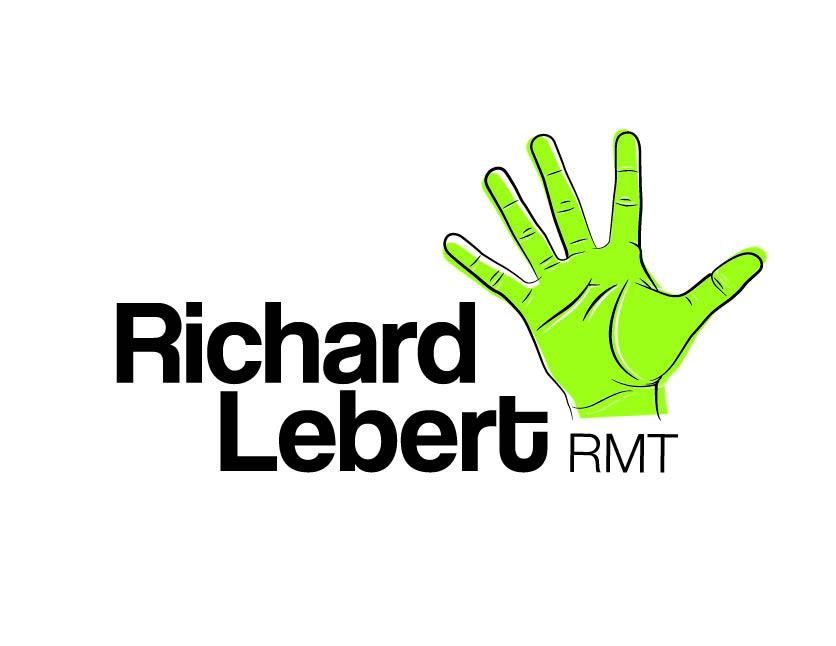‘The Mountain’ Hafþór Júlíus Björnsson has Bell’s palsy – here’s what it means
/'The Mountain' Hafþór Júlíus Björnsson has Bell's palsy – here's what it means

Icelandic strongman, Hafþór Júlíus Björnsson, known for his role as The Mountain in Game of Thrones and for being “Europe’s strongest man”, recently announced that he is suffering from Bell’s palsy. He joins a list of famous people who have suffered from the condition, reportedly including George Clooney and Sylvester Stallone.
Bell’s palsy is a – usually – self-limiting condition that causes paralysis to one side of a person’s face. The condition occurs when the facial nerve becomes inflammed. As with almost every nerve, the facial nerve is connected to the brain to either carry information from the brain to control muscles or return information to the brain relating to sensory information. For these nerves to do this, they must pass through a passage of bone near the upper jaw. If the facial nerve is inflammed it can interfere with the signals that the brain sends to muscles in the face, causing one side of the face to become paralysed.
People with Bell’s palsy can find it difficult to close their eyelid on the affected side. They may also drool and find it difficult to chew food. Taste can also be affected. Some people also experience headaches, jaw ache and tinnitus (ringing in the ears).
Bell’s palsy is one of a group of conditions that can cause paralysis of the facial nerve. Bell’s palsy is the most common form of facial nerve paralysis and encompasses cases where the cause of the paralysis cannot be identified. The condition is named after the 19th-century Scottish anatomist and surgeon Sir Charles Bell who used three cases to describe the palsy (paralysis) that was named after him.
Although the causes of Bell’s palsy are not always known, it is thought that, in some cases, the herpes simplex virus plays a role. The varicella zoster virus (the virus that causes chickenpox and shingles) has also been named as a suspect. But neither of these causes has been proved.
We do know, however, that some forms of facial nerve paralysis can be caused by the bacteria Borrelia burgdorferi in people with Lyme disease – a disease spread by ticks.
Other known causes of paralysis are tumours. These tumours arise from a variety of structures, such as the cells that surround the nerves and look after them, or structures that the nerve passes through, such as the parotid gland in the cheek, which produces saliva.

Regardless of the cause, the resulting inflammation results in compression of the nerve in the facial canal and the loss of function of muscles involved in chewing.
Rather than develop facial nerve damage, some people are born with it as part of rare syndromes, such as Mobius syndrome (a neurological disease). And some babies have it as a result of a traumatic natural birth, or where forceps were used to assist in delivery. The symptoms usually clear up within three to four weeks of the child being born, unless the nerve has been completely cut.
Time is the best healer
Most cases of facial nerve paralysis that have an unknown cause are classed as Bell’s palsy. For these cases, doctors may prescribe corticosteroids to reduce the inflammation and thus ease the pressure on the squeezed nerve. Some doctors advocate surgery, but surgery carries risks, including damaging important structures in the face.
Some studies have looked at the benefit of anti-viral therapies to treat Bell’s palsy, but these have proved to be no better than placebo, although they do have some positive effects when used with corticosteroids, in that they increase the number of people with the most severe cases of Bell’s palsy who go on to make a complete recovery.
However, treatment usually isn’t necessary. Bell’s palsy often clears up within a month or two, without treatment. And, for most people, it doesn’t stop them going about their daily business. It certainly didn’t stop The Mountain from winning his third Europe’s Strongest Man title this month.![]()
Adam Taylor, Director of the Clinical Anatomy Learning Centre & Senior Lecturer in Anatomy, Lancaster University
This article is republished from The Conversation under a Creative Commons license. Read the original article.

